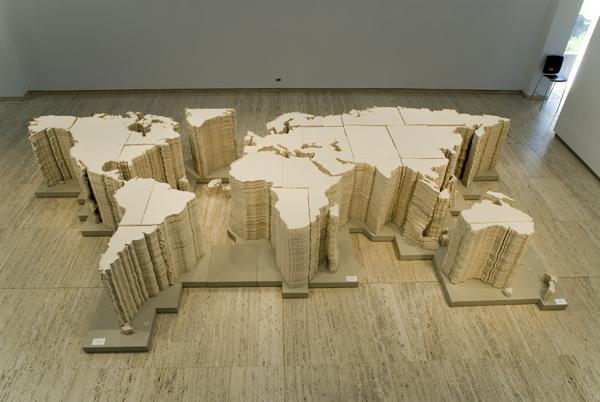NUMERO UNO - "Distinctions between design fields are disappearing"
Cross disciplinary practice is an idea I have always found

immensely attractive. The results are usually products that speak to a broader field of design with more thorough interrogations. A possible discipline I would like to further explore is Pattern Grading. Weirdly, it was a subject I always liked when learning in 3rd year advanced pattern-making. Mainly because it used rules and system.
Looking at the way space and volume is held within a garment can be done in a number of ways. Sizing and grading are common, commercial systems of doing just this. I would like to further look at the way a hypothetical system of disproportionate grading can generate or become part of a design process. Common grade rules work in systematising the size of the garment against the physical body. Perhaps I can develop a system which sizes the garment against an imagined body, or not a body at all?, Some other type of form? Maybe it will be a system which tries to grade the space of wearing? Whatever that means. Hopefully I can approach some marker making businesses who may put up with me pestering them. I could wipe the 5 mm thick dust
of my first and second year notes open the door of the
dreaded Gerber Room and try to remember how to digitize
a pattern and then grade it in a distorted way.
NUMERO DUE: - "Producing an experience of [a fashion] article"
Dissemination of fashion is something the studio is encouraging us to look at critically, which in the past I have given little thought to. Overall an exhibition is something I think I would like my work to be presented in, though still the possible options of how this is done are vast. Over the week I have been collecting many things, including images and examples of past exhibitions of work which I find effective and speak to me. One of the displays I really found effective was of a piece called PIPES by Gordon Matta Clark. Here Matta Clark has used an image of exposed industrial pipes. Images of the pipes have been placed in the alcove of a wall where vertical pipes at one time rested, along the side of the elevated wall and the rooms overhanging infrastucture.

The photos give a sense of different levels of relief within the room and elude to the prior function of the cut out space in the wall. The way in which the function of space particular to that section of room has been used and the way it has now changed is effective. It gives a sense of revealing the internal structure of the building beneath the walls surface, giving a notion of inside and outside. I think similar ways of display could be applied effectively to a fashion space.

Another exhibition I really admired was the Envelop - Kwodrent x Farmwork collaboration, which was shown at RMIT gallery in 2008. In this exhibition practitioner Grace Tan uses rectangles of fabric which she then pleats and folds in different ways to create wearable pieces and visual objects - making up Grace's kwodrent series. (http://www.kwodrent.com/). She then measures the distances between stitching points of each pleat. These numbers were given to Peter Sim, a director at an industrial practice called Farmowrk (http://www.farm.sg/work/). Here the numbers are used to form small paper tiles which when put together create a paper curtain.
The main thing I took from this exhibition was the notion that objects/garments/sculptures etc. can have multiple discourses, apart from their actual form. I like the idea of further communicating a garments sense of space through a series of numbers.

This week I went to an LMFF event. It was called Fashion Racquet and is was presented by Comeback Kid (http://comebackkid.com.au/) at the Penthouse Mouse (http://www.penthousemouse.com.au/) space for this year, which is The Former Naval and Military Club in Coates Lane. The event itself was kinda meh, but the space hosting PHM was quite effective. The cite of the former club is made up of a number of floors, the bottom floor having to squash courts, an aerobics room with a full mirrored wall, a little bar to serve drinks and some display cabinets. The retro fit out of wood panelling and printed carpet was cute, and the general theme of sport is something which has obviously rested well with the commercial fashion industry over the last couple of years. I liked the way in which the old trophy cabinets were used to display jewelry, fashion, art etc. A good example of how a space can be re-appropriated.
These are my current thoughts, not really a great deal reflection of actual studio work, but more of some current studio inspiration and ideas about how to use space is development and dissemination.
